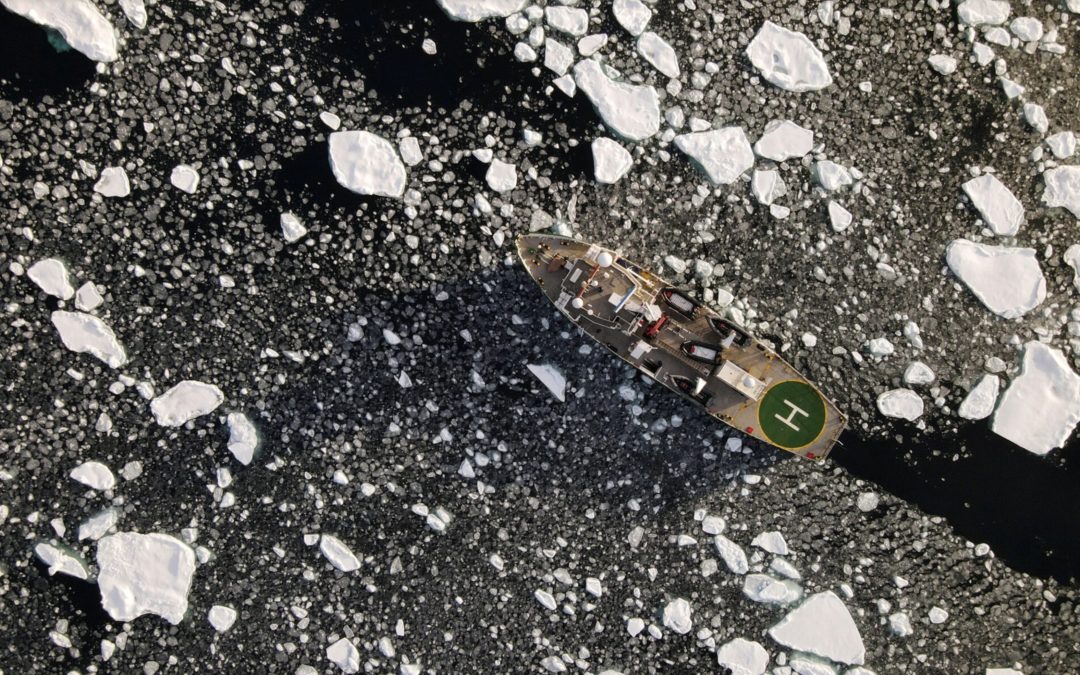SOURCE: New York Times
DATE: September 21, 2020
SNIP: A “crazy year” in the Arctic has resulted in the second-lowest extent of sea ice in the region, scientists said Monday.
Researchers with the National Snow and Ice Data Center said the minimum was most likely reached on Sept. 15, with 1.44 million square miles of ocean covered in ice.
Since satellite measurements of sea ice began four decades ago, only 2012 has had a lower minimum, when 1.32 million square miles were measured. The 2020 minimum was nearly a million square miles less than the average annual minimum between 1981 and 2010.
This year also continues an alarming streak: The 14 lowest ice years have occurred in the past 14 years. Many scientists expect that the Arctic could be devoid of ice in summers well before midcentury.
“It’s been a crazy year up north, with sea ice at a near-record low, 100-degree heat waves in Siberia, and massive forest fires,” Mark Serreze, director of the National Snow and Ice Data Center, said in a statement. “We are headed towards a seasonally ice-free Arctic Ocean, and this year is another nail in the coffin.”
Sea ice has been shrinking by more than 13 percent per decade, relative to the 1981-2010 average, as global warming affects the Arctic more than any other part of the world. The region is warming more than twice as fast as any other.
Sea ice loss plays a role in this rapid warming. Ice reflects most of the sunlight that strikes it. But when it melts, more ocean is exposed. The ocean surface is darker and absorbs more of the sun’s rays, re-emitting the energy as heat. That leads to more warming and more ice loss, with the process continuing in what scientists call a feedback loop.

